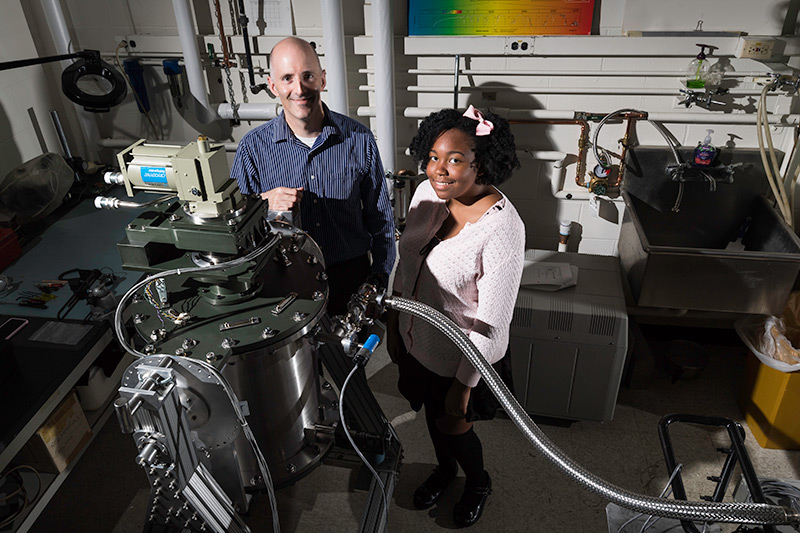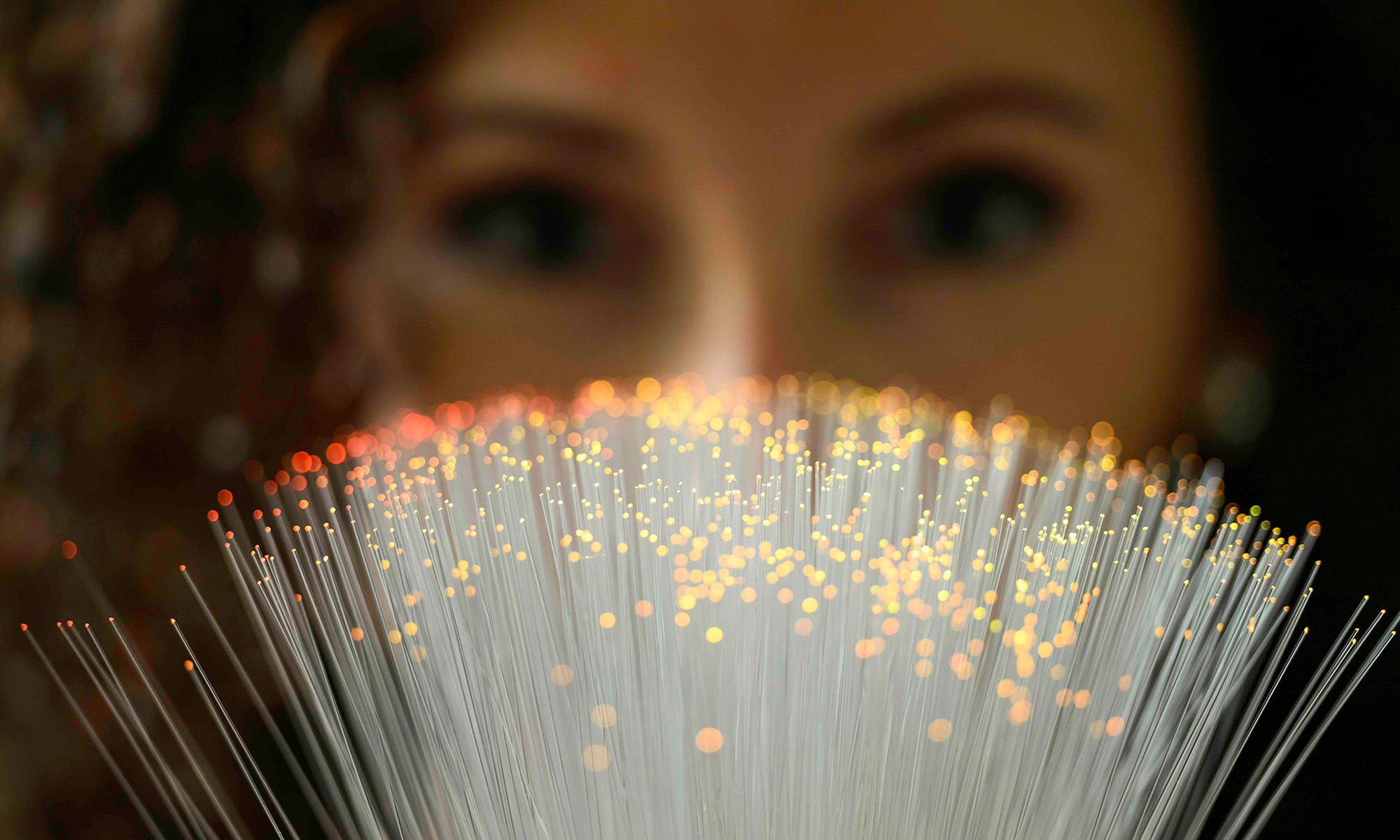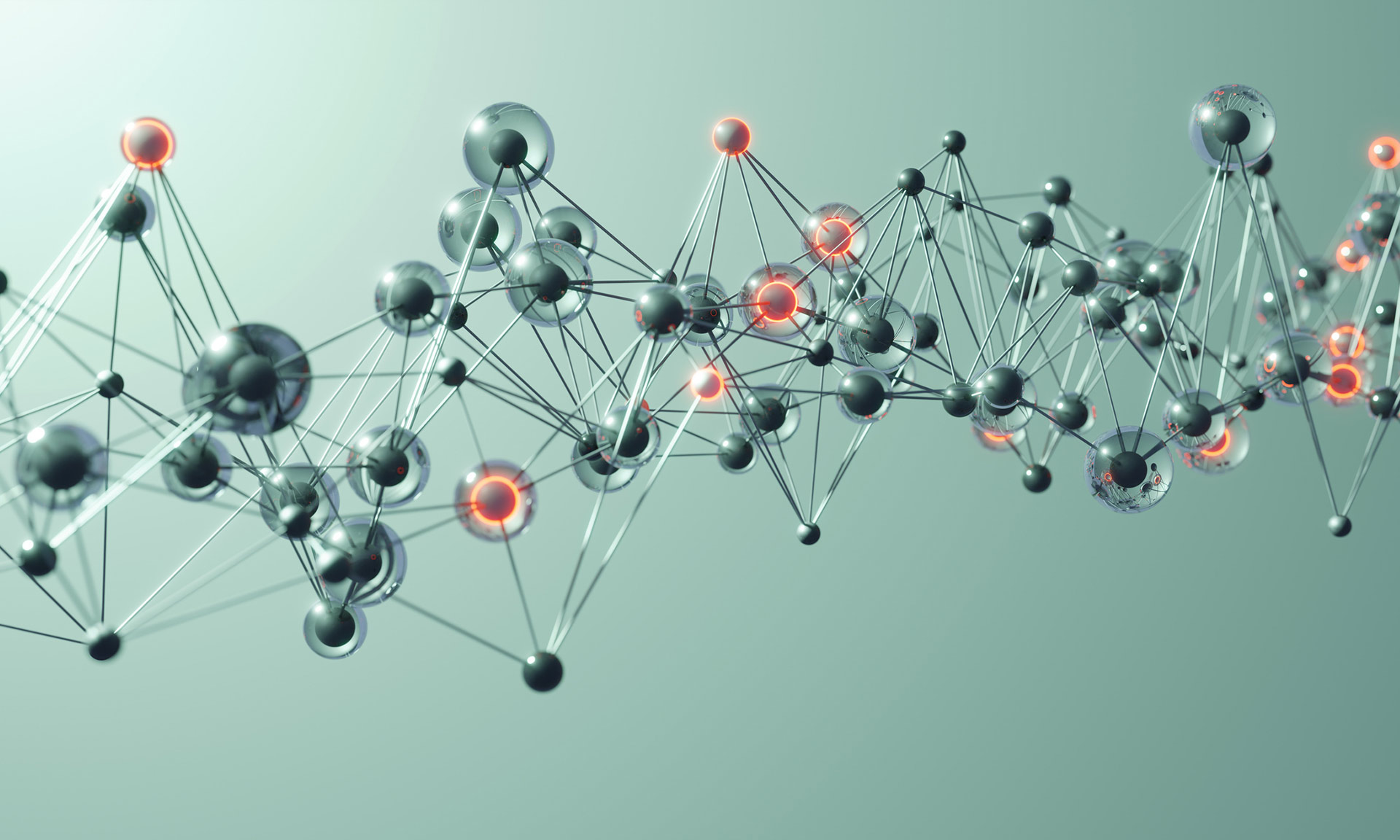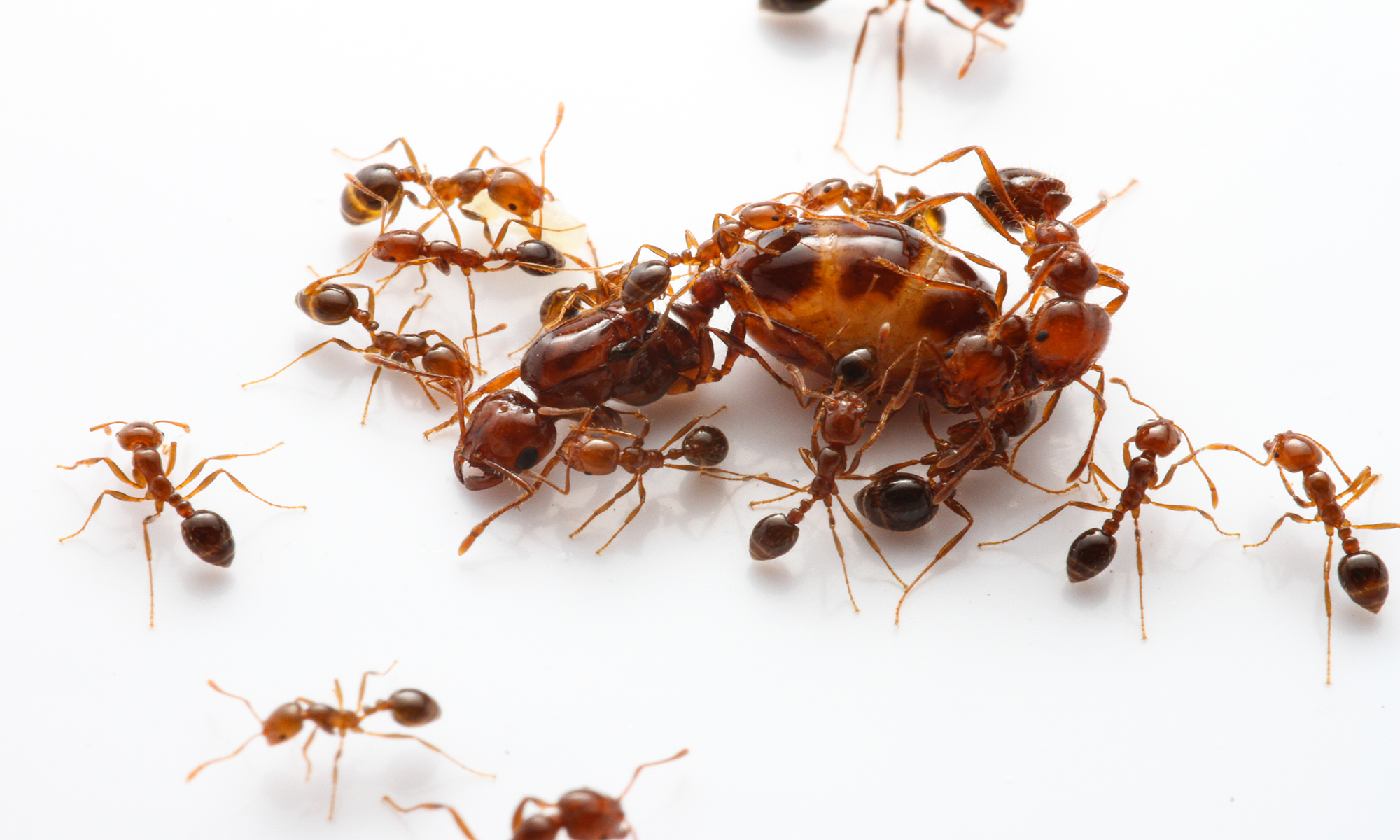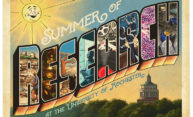
Each year, the Department of Physics and Astronomy offers a range of research opportunities for undergraduate students—from federally funded Research Experiences for Undergraduates (REU) to University-supported research projects. As a result, undergraduates who conduct research at Rochester work alongside faculty and graduate students, and contribute to our understanding of the world, while building their academic portfolios.
It’s “lights, camera, asteroid!” for one rising sophomore
In 2021, NASA plans to launch an infrared space telescope known as NEOCam, short for Near-Earth Object Camera. NEOCam will use an infrared light sensor developed by researchers at the University of Rochester to survey space for near-Earth objects, track them, find out what their orbits are, and determine whether or not any of them are going to hit Earth.
“Basically we’re trying to save the world from death and destruction from space,” says Craig McMurtry, a senior research engineer in the Department of Physics and Astronomy.
The sensor is akin to a megapixel camera chip that can collect infrared light emitted by objects such as asteroids and comets within the Earth’s vicinity.
Building on this previous research, Diarra Bell ’20 is working with McMurtry this summer as part of the department’s Research Experiences for Undergraduates (REU) program. The goal? To develop a computer program that measures the clarity of the image in order to improve the sensor’s performance.
Bell participated in Rochester’s Pre-College Experience in Physics (PREP) program while in high school and is planning to major in either astrophysics or computer science.
“I am very interested in infrared technology so this is a great opportunity for me to actually work on research that is both computer science- and physics-related,” Bell says.
Whether it’s the camera in your phone or the sensors for NEOCam, all digital imaging devices produce images composed of pixels. In order to transform these pixels into an image you can see, cameras contain a lens that focuses the light and directs it to a sensor. The sensor breaks down the “image” created by the light into pixels. However, when it does this, the pixels cause blurring in the image. For instance, if you zoom in and look closely at a digital image, you may see the pixels, or squares, of various colors.
If the sensor had an infinite number of small pixels, then the image would be as sharp as the lens can provide. Conversely, if the sensor only had one pixel, then the image would be just one grey square and so blurry that you could not distinguish anything in the image.
Bell is studying the magnitude of this blur, known collectively as noise-pixels, in a device similar to the one that will go on NEOCam.
“It’s good Diarra’s starting research early,” McMurtry says. “Many students think they can’t be involved in research their first years of college because they haven’t taken enough classes. But this is cutting-edge research. Whether you’re a freshman or a senior, I still have to teach you about the projects. It’s much better to start as a freshman because then you can work on a project for several years and accomplish a lot more.”
Keeping it cool with quantum dots
During the heat of the summer, rising senior Tanner Garcia is working alongside a piece of equipment that represents possibly the coldest solid-state place in all of Rochester: a dilution refrigerator in the lab of John Nichol, an assistant professor of physics.
All of the equipment in Nichol’s lab is dedicated to measuring and manipulating atoms. The equipment includes the dilution refrigerator, a device that cools atoms to temperatures of about 0.007 degrees Kelvin, or –460 degrees Fahrenheit below zero. At these low temperatures, atoms slow down and researchers are better able to study their various properties.
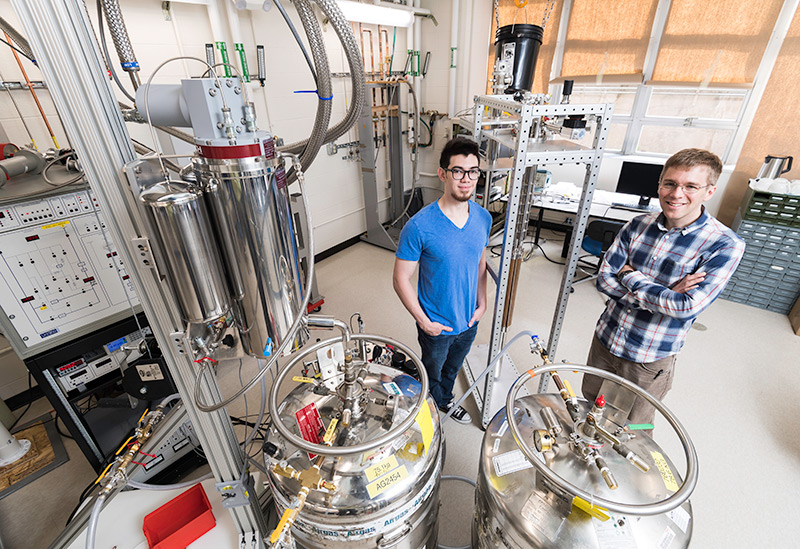
“The biggest factor that helped me choose the University of Rochester was its reputation in specialties in physics such as optics and ultra-cold physics,” says Garcia, a physics major from the University of Illinois and a member of this summer’s physics Research Experiences for Undergraduates (REU) program. “The offer to work in a quantum computing lab was an experience I couldn’t pass up.”
This summer Garcia is working with Nichol to build a low-noise voltage supply device that will allow the team to better study and manipulate electrons in quantum dots. Quantum dots, a basic material of nanotechnology, are tiny particles that have properties of both macroscopic minerals (containing billions of atoms) and microscopic single molecules (each containing only 10 or 20 atoms). This allows them to be manipulated and studied on various levels.
Nichol and his team use quantum dots to trap and study individual electrons. The inner workings of these electrons in quantum dots exhibit strange properties that do not align with the regular laws of physics. These properties could be useful in developing circuit boards for ultrafast and efficient so-called “quantum computers.”
The researchers create quantum dots in the lab using small metal wires on the surface of semiconductor wafers; this is where Garcia’s device comes into play.
“There are a lot of wires on the surface of these wafers and we need to get them just right to hone in on only one electron,” Nichol says. “The device Tanner is building allows us to dial in these voltages on the wires very precisely.”
The dilution refrigerator cools the wafers and quantum dots to cryogenic temperatures that allow researchers to more readily study their properties.
“This environment is very different from a classroom,” Nichol says. “Labs are where the discoveries are made. Getting that research experience early on and especially during the summer, like Tanner is doing, when more time can be devoted to a project, helps students decide if they want to pursue physics and specifically what they might want to study.”
“Animating” quantum physics
Annalise Slattery, a rising senior and physics major at Bethel University in St. Paul, Minnesota, is spending the summer in Rochester applying her knowledge of physics, mathematics, and art. How? By researching atomic “knot” patterns created at the infinitesimally small quantum level.
“We jokingly call this quantum animation,” says Nicholas Bigelow, a professor of physics and optics and Slattery’s faculty mentor.
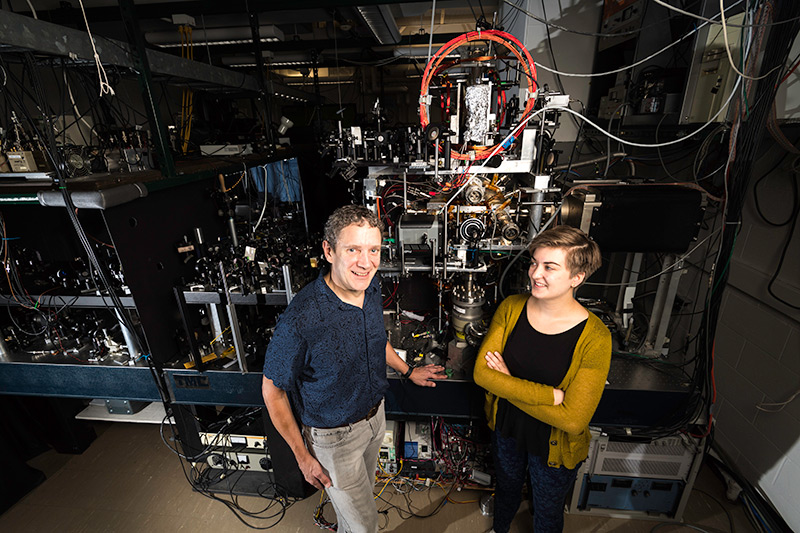
Slattery traps atoms and cools them to the point where they turn into a Bose-Einstein condensate—a state of matter characterized as a gas cooled to temperatures close to absolute zero (approximately –460 degrees Fahrenheit). Albert Einstein and Satyendra Nath Bose first proposed this state in the 1920s, but scientists weren’t able to create it until the 1990s. When atoms are this cold, they move more slowly, allowing researchers to observe them in more detail for longer periods of time.
Using a device composed of small mirrors—programmed to tilt at various angles—and specifically programmed lasers, Slattery creates various patterns of knots in the Bose-Einstein condensates.
“Think of a simple knot of two rings connecting or a continuous line that ties around itself and doesn’t ever cross,” Slattery says. “You can manipulate the matter into some odd shapes like that by creating patterns with specifically tuned lasers.”
These patterns have properties that may be applicable in areas such as quantum computing, a fast-developing area of technology aiming to produce computers with vastly greater speed and energy efficiency than “classic” computers. This type of computing, while still in its early stages, would be useful, for instance, in cryptography.
One of the properties that interests researchers is the stability of the patterns in Bose-Einstein condensates. Once these patterns have been created, do they stick around? And if they don’t stick around, how do they decay and what does the decay look like? The answers to these questions will tell us a great deal more about the atoms and how they interact.
“I really wanted to come to the University of Rochester specifically because of Dr. Bigelow’s research lab,” Slattery says. “I was—and having been working here, I still am—very interested in the kind of laser cooling and trapping experiments in his lab. Plus, I’ve found the lab’s atmosphere to be really supportive. Having such an encouraging community makes even the slower days more enjoyable.”


